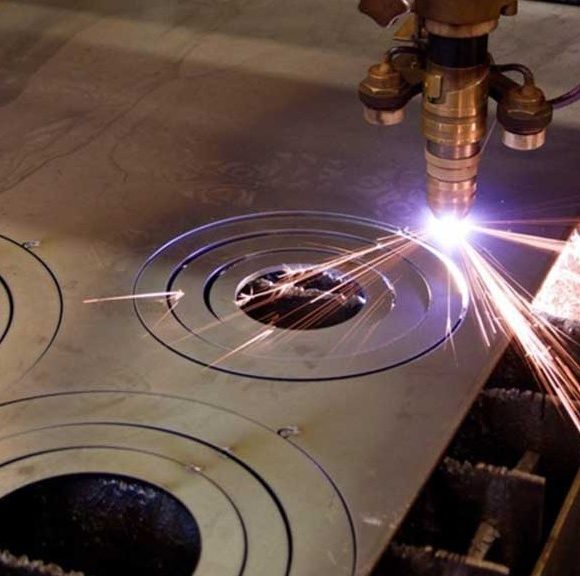Laser cutting has become a popular and efficient method of metal fabrication, thanks to its precision, speed, and versatility. This process uses a high-powered laser to melt, vaporize or burn through the material, leaving a clean and accurate cut. However, not all metals can be laser cut, and there are both advantages and disadvantages to this method. In this article, we will discuss what metals can be laser cut, the benefits and drawbacks of laser cutting, prep work before laser cutting, types of laser cutting, and the best laser for cutting metal.
What metals can be laser cut?
Laser cutting is suitable for a wide range of metal materials, including stainless steel, aluminum, brass, copper, titanium, and more. However, some metals, such as reflective materials like copper and brass, can be more challenging to laser cut due to their high reflectivity. In such cases, specialized techniques or equipment may be required to ensure successful results.
Advantages of laser cutting:
There are many advantages to laser cutting, which is why it has become such a popular method of metal fabrication. These benefits include:
Precision: Laser cutting can produce extremely precise cuts, with tolerances as small as 0.1mm. This accuracy makes it possible to create complex and intricate designs.
Speed: Laser cutting is a fast process that can cut through materials quickly, making it a time-efficient method of fabrication.
Versatility: Laser cutting can be used on a wide range of metal materials, making it a versatile method of fabrication.
Clean cuts: Laser cutting leaves clean and smooth cuts, without the need for additional finishing or polishing.
Disadvantages of :
Despite its many advantages, there are also some disadvantages to laser cutting. These drawbacks include:
High cost: The cost of laser cutting equipment can be high, and the process itself can be more expensive than other methods of fabrication.
Limited thickness: Laser cutting is not suitable for cutting through very thick materials.
Heat damage: The intense heat generated during laser cutting can cause heat damage to the material and surrounding areas.
Prep work before laser cutting
Before laser cutting, it is essential to properly prepare the material to ensure the best results. This prep work can include cleaning the material, securing it in place, and creating a digital design file for the laser cutter to follow. It is also important to consider the orientation of the material, as this can affect the quality of the cut.
Types of lasers cutting
There are two main types of lasers cutting: CO2 laser cutting and fiber laser cutting. CO2 laser cutting is suitable for cutting through thicker materials, while fiber laser cutting is better suited for thinner materials. CO2 laser cutting is also more versatile and can cut through a wider range of materials.
What is the best laser for cutting metal?
The best laser for cutting metal depends on the specific needs and requirements of the job. CO2 lasers are better for thicker materials, while fiber lasers are better for thinner materials. When choosing a laser cutting machine, it is important to consider factors such as the power of the laser, the size of the work area, and the level of automation.
In conclusion, laser cutting is a versatile and efficient method of metal fabrication that can produce precise and clean cuts. While there are some disadvantages to this process, the benefits far outweigh them. By understanding what metals can be laser cut, the advantages and disadvantages of laser cutting, and the prep work and types of laser cutting available, you can choose the best method for your specific metal fabrication needs. Heavy Duty Band Saw Cutting
We are specialized in commercial STEEL PLASMA CUTTING SERVICES,
